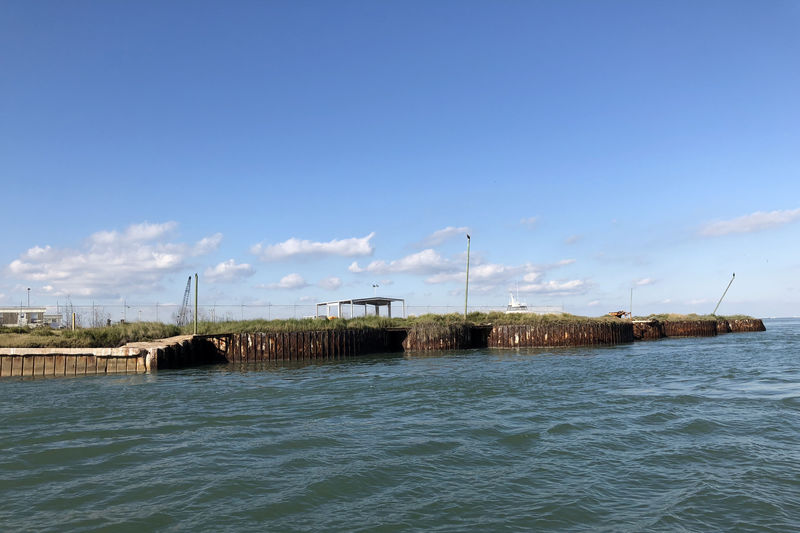NEW YORK/HOUSTON (Reuters) - U.S. crude export demand at the Gulf Coast surged on Monday, traders said, as the window to export crude profitably to Asia and Europe was thrown open after attacks on Saudi Arabia's oil facilities took out 5% of global oil supplies.
The attack knocked out more than half of Saudi Arabia's oil production and damaged the world's biggest crude processing plant.
The attacks sparked the biggest jump in oil prices in almost 30 years, with Brent crude futures outpacing gains in U.S. crude futures. Brent's premium over U.S. crude widened to as much as $7.40 a barrel on Monday, making U.S. crude-linked grades more attractive to buyers in Asia and Europe.
The United States now exports more than 3 million barrels per day (bpd), with some analysts estimating it may reach more than 4 million bpd in response to the attacks.
"You'll see the U.S. benefit from this in taking up some of the slack in light crudes,” said Joe McMonigle, energy analyst at Hedgeye Research. “I don't think there really is enough to offset what is going to be offline here for a period of time, and you don't even know the quantity of time."
Shipping rates for supertankers - the biggest vessels in the global oil fleet - to ship crude from the U.S. Gulf Coast to Singapore surged on Mondaytanker
, weighing on export economics, shipping sources said.
Very large Crude Carrier (VLCC) rates from the U.S. Gulf Coast to Singapore were last seen at nearly $7 million on Monday, up significantly from about $5.5-$6 million on Friday , one shipbroker said.
Freight rates to transport Aframax-class oil tankers carrying 700,000 barrels from the U.S. Gulf Coast to Europe rose from $20.26 to $22.10 per metric tonne, "and are still have upward momentum," a U.S. shipbroker said. "We have been working on a handful of eastbound cargoes" on Monday.
Last month, buyers in China - Saudi Arabia's biggest oil consumer - snapped up U.S. crude ahead of a 5% tariff, with imports rising to 505,000 bpd, the highest since June 2018, according to market intelligence firm Kpler.
An anticipated decline in availability of Arab Light crude, a medium sour grade, has spurred demand for Mars Sour crude, , the benchmark U.S. coastal sour grade, traders said. Mars traded $3.25 over U.S. crude on Monday, up from $1.05 on Friday and the strongest in more than a month.
